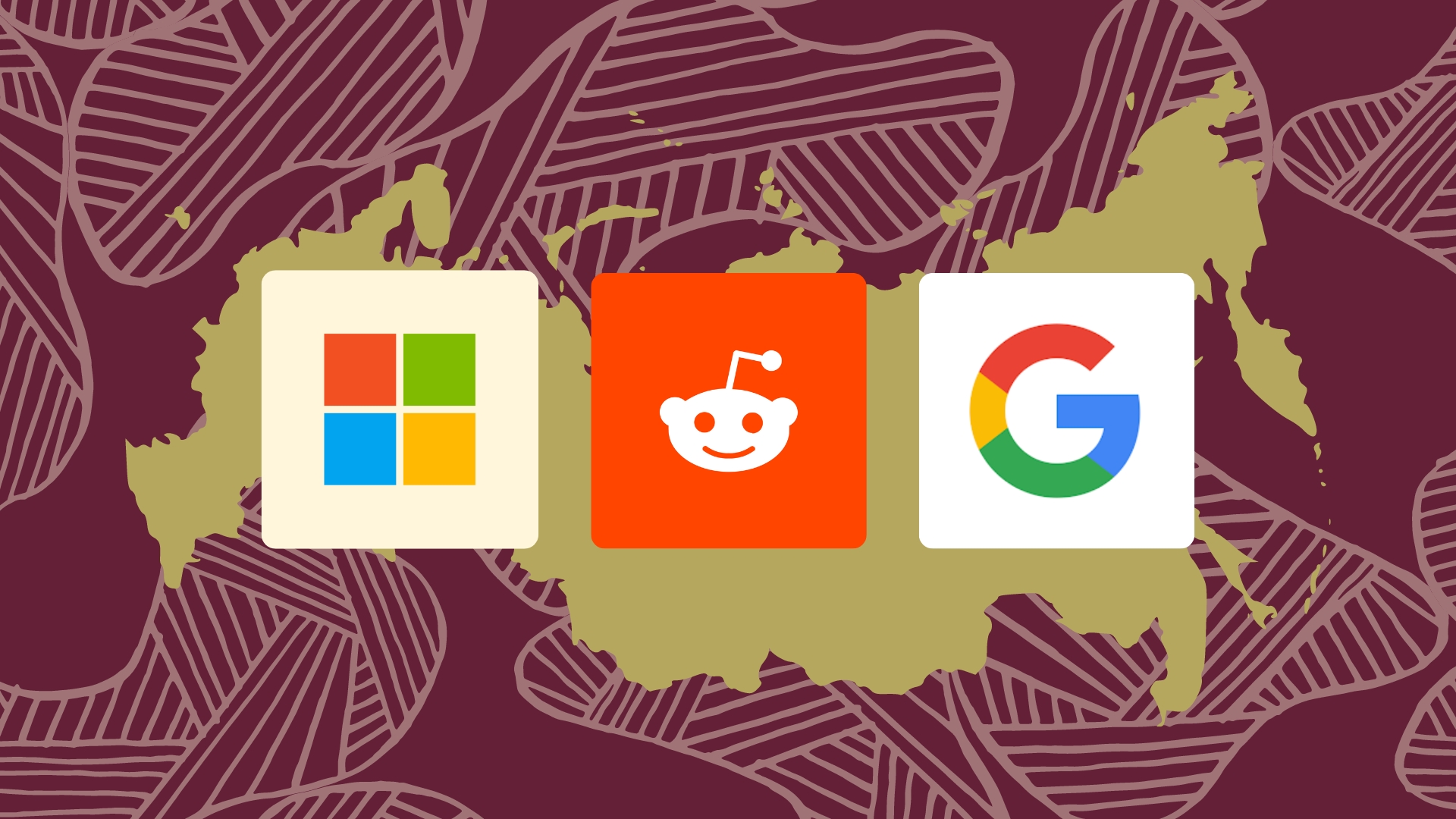Thank you for taking interest in this week’s Digital Marketing Roundup, due to some technical issues last week and me being on holiday the week before it’s not been sent out for a little while. But fear not! This week we have some interesting looks at how the Russia-Ukraine conflict has affected digital marketing factors and some insight from different Google employees.

The different platforms which have suspended ad sales in Russia
As the conflict between Ukraine and Russia continues, different brands from across the world have begun suspending their services in Russia and this isn’t limited to search engines or social media platforms.
From the 27th February 2022, Google suspended advertising from Russian media outlets, and then on the 3rd March suspended all advertising serving Russian users.
On the 28th February 2022, Microsoft announced that they would ban advertising from Russian media outlets, and on the 4th March sales of Microsoft products and services were banned in Russia.
Meta also paused any adverts targeting Russian users on their platforms on the 4th of March 2022, but several days before this Russia announced that they would be banning Russian citizens from Facebook, so the ads may not have reached them anyway.
Due to the fact that LinkedIn is owned by Microsoft, Microsoft’s ban extends to this social media platform.
Reddit announced on the 2nd March 2022 that it would not be accepting any advertisements that target Russian users or any advertisements that originate from Russia.
Tik-Tok is one of the few brands to not stop advertisements targeting Russian users
John Mueller speaks on the “People also ask” section of Google
Google’s SEO spokesperson and search advocate John Mueller has recently spoken about the “People also ask” feature of Google and how the performance data is tracked. This topic was discussed in one of Google’s recorded SEO “hang-out” videos.
A person named Aakash Singh joined the Livestream where John Mueller was present and asked how Google Search Console tracks the data for pages that appear in “People also ask” snippets on Google SERPS (Search Engine Results Pages)
Mueller started his answer by explaining that impressions are counted for every URL shown in Google Search, which isn’t limited to the “People also ask” snippet.
When a user clicks on a “People also ask” suggestion and a link appears, the impression is counted.
“The short answer is whenever there is a URL shown in the search results we do try to show that in Search Console.
So with the ‘people also ask’ sections, I think it is that if you expand it then it shows a link to your site with that question and the snippet there. That means whenever someone expands that ‘people also ask’ section and sees the URL for your site, then that is counted as an impression.
And it doesn’t matter if you’re kind of the first one in the ‘people also ask,’ or if people clicked like 15 different ones and suddenly yours shows up. That would be counted as an impression.”
Mueller further explains that clicks are counted when this link is clicked on, and when it comes to measuring ranking position, GSC (Google Search Console) tracks where these snippets appear in a search result.
So if your snippet sections appear in the second position for instance, then any site shown in this snippet will be counted as appearing in rank 2.
Mueller goes on to say:
“Also, when a click happens, that gets counted as a click. I think the ranking, the position, is based on the overall position of that group of elements. At least, as far as I know, it doesn’t count like within the ‘people also ask’ section what position you are.”
The video can be watched below.
Google to experiment showing short videos on results pages
Google has announced that they are currently experimenting with finding ways to show more short-form videos in search results, describing them as a “clear and concise format for satisfying certain search queries”
This announcement was stated in a podcast called “Search off the record” by Google employee Danielle Marshak, who is a product manager and oversees videos appearing in search results.
Marshak was joined in the podcast by Gary Illyes and Lizzi Sassman, who work for Google’s Search Relation team. This podcast episode focussed on videos appearing in Google Search.
At the 17-minute mark, the discussion on the podcast delved into the topic of short-form videos and whether or not Google has a plan to involve this format. Marshak defines a short-form video as less than five minutes in length and as a video that is recorded vertically/in portrait format.
Marshak claims that this format has the ability to communicate information in a short amount of time. Due to the fact that these videos are deemed useful for searchers, Google is currently thinking about how to surface them more in search results.
Marshak states:
“And this format, it’s really cool because as I mentioned, it is very concise. You can get a lot of information in a short period of time, and you can also get a lot of different views and perspectives…
So we think this kind of content could be useful for a lot of different types of search queries, and we’ve been experimenting with how to show it to users more often.”
Marshak provided some examples of short videos that Google could implement:
“So let’s say, again, you’re searching for some new ideas to make banana bread. And right now, you might see traditional recipes, you might see longer videos, but you could also see short videos, which could just give you a different style or perspective.
And people’s preferences are different. Some people might prefer to read; some people might prefer a longer video; some people might prefer short videos.
And so we want to offer a lot of different options to get that type of information, in the format that is most useful for you. So that’s one example.”
Ilyes added:
“Yeah, I really like short-form videos and I see lots of instructional videos on certain sites. And I really think that at one point, we might want to try it for education purposes. Like for research, talks.
I don’t know if we are there yet, but eventually, especially if I see that the search engines pick it up, and they can present it in some way, then maybe we should push for it.”
Google would surface the short-form videos in SERPS by crawling and indexing them just as they do with regular web content. If a video has a URL for it, Google may be able to index them in search, Ilyes explains:
“You can actually open it on the laptop and you will end up on a web page and you can actually watch it on the web page. You don’t have to have the TikTok app for watching the video.
So I imagine that if they allow crawling–I haven’t checked, then we can probably index those videos as well.”
This would mean that videos on Snapchat or Instagram wouldn’t be able to be indexed since they require an app to video rather than a URL.So marketing teams may want to start looking into creating more short-term videos if they aren’t already.
As always, thank you for reading this week’s Digital Roundup.






